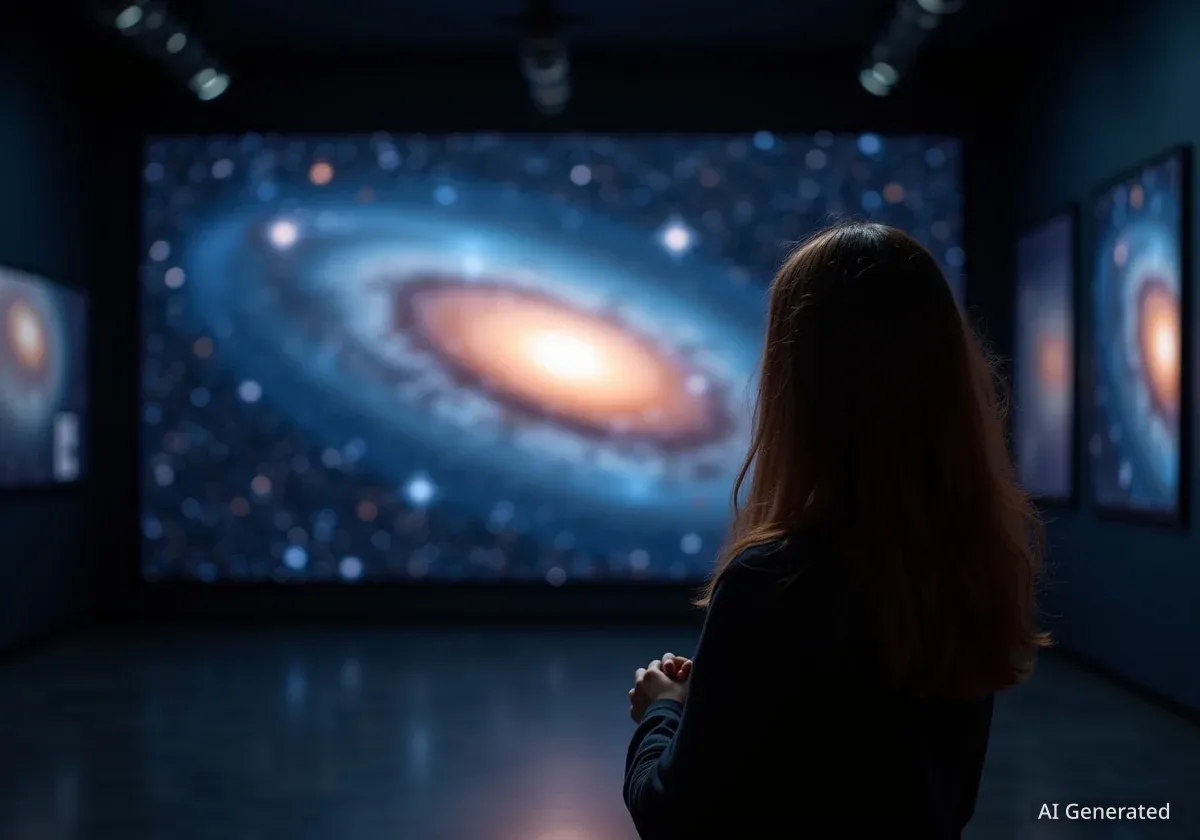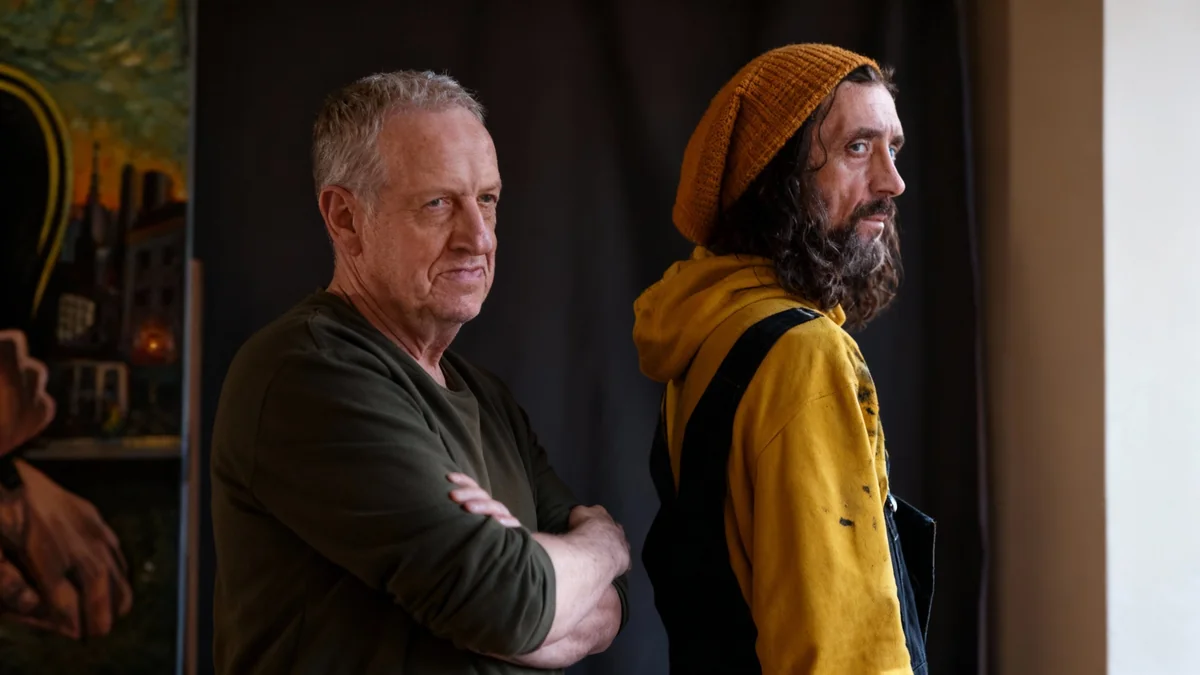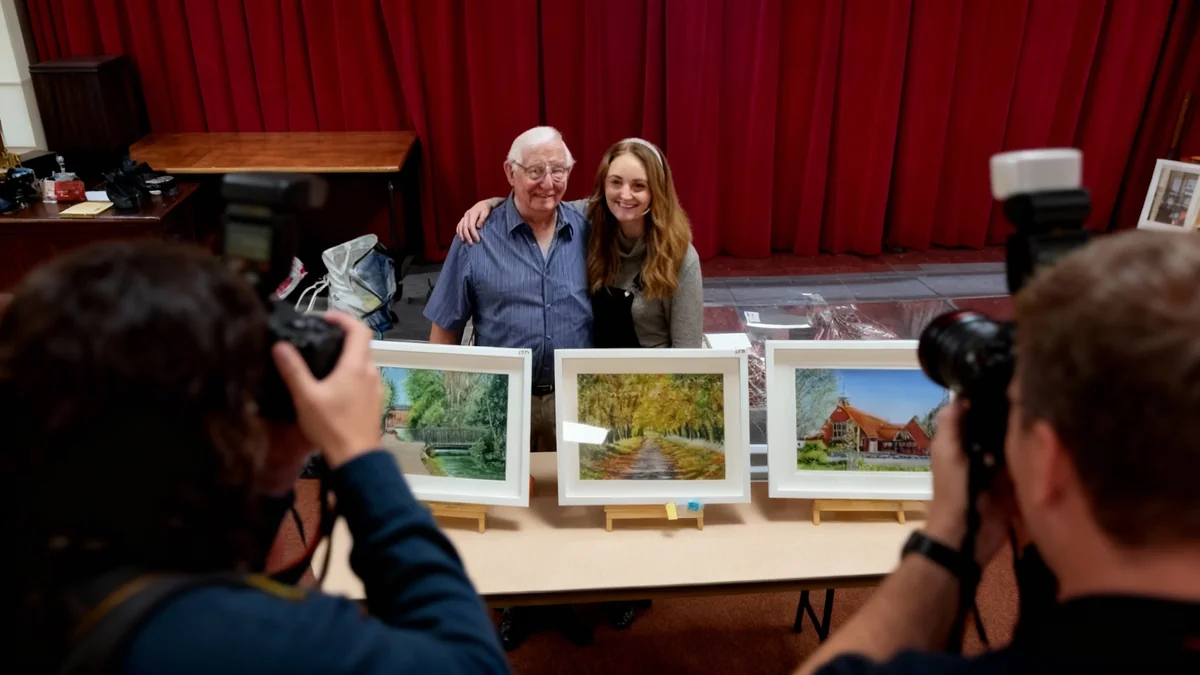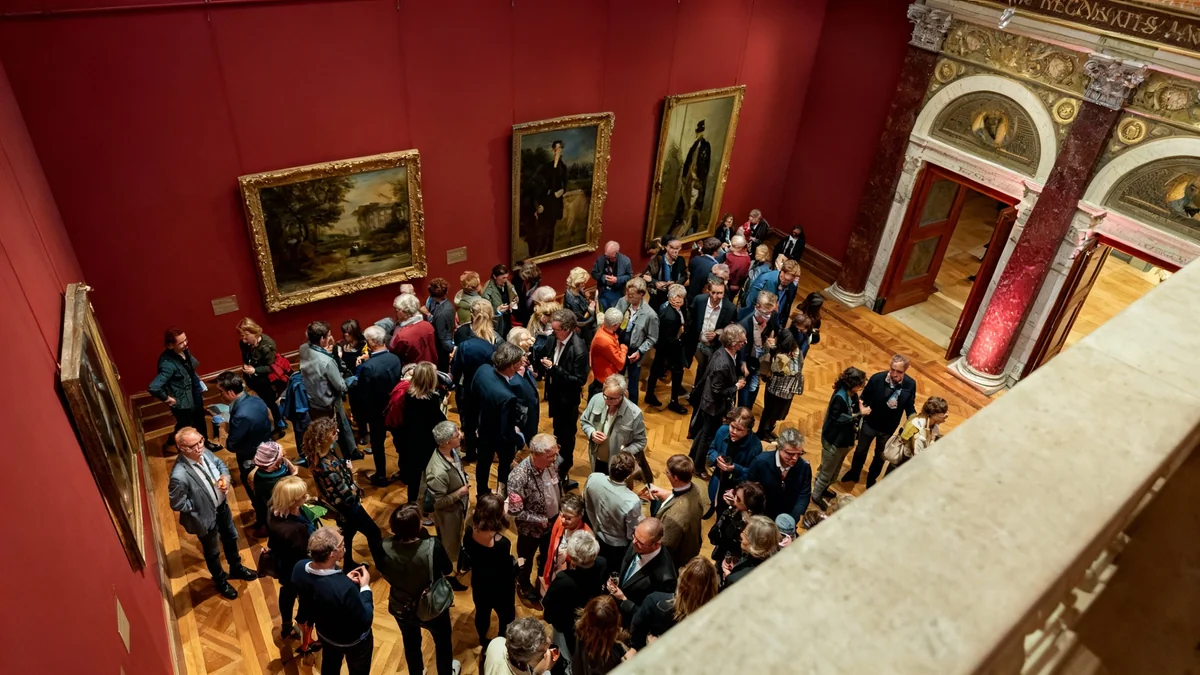The ZWO Astronomy Photographer of the Year competition has announced its 2025 winners. This annual event celebrates the most striking images of the cosmos, from distant galaxies to celestial phenomena closer to Earth. This year, the top prize went to a collaborative team for their detailed image of the Andromeda Galaxy.
Key Takeaways
- Weitang Liang, Qi Yang, and Chuhong Yu won the overall prize for "The Andromeda Core."
- More than 5,800 entries were received from over 60 countries.
- Winning images are on display at the National Maritime Museum in London until August 2026.
- Categories included Skyscapes, Our Sun, Our Moon, and Stars and Nebulae.
Overall Winner Captures Andromeda Galaxy Core
The highest honor in the ZWO Astronomy Photographer of the Year competition was awarded to Weitang Liang, Qi Yang, and Chuhong Yu. Their photograph, titled "The Andromeda Core," impressed judges with its clarity and detail. The team captured this image using a focal-length telescope at the AstroCamp Observatory in Nerpio, Spain.
The winning photograph provides a close look at the core of the Andromeda Galaxy, also known as M31. It highlights the complex structure at the galaxy's center and the numerous stars surrounding it. This image offers a new perspective on one of our closest galactic neighbors.
Quick Fact
The Andromeda Galaxy (M31) is the closest large spiral galaxy to the Milky Way. It is approximately 2.5 million light-years from Earth and contains an estimated 1 trillion stars.
Diverse Entries from Around the Globe
The 2025 competition received a significant number of submissions. According to the organizers, more than 5,800 entries came from astrophotographers across over 60 countries. This wide participation shows the global interest in capturing the beauty of the night sky.
Photographers submitted their work across various categories. These included Skyscapes, Our Sun, Our Moon, and Stars and Nebulae. Each category showcased different aspects of astronomical photography, from wide-field views of Earth and sky to detailed close-ups of celestial bodies.
"The sheer scope of the universe is impossible to grasp, and photography helps us appreciate its enigmatic beauty," a representative from Royal Museums Greenwich stated.
Category Winners Highlight Cosmic Wonders
Several other photographers received top awards in their respective categories. These images captured a range of phenomena, from vibrant auroras to distant comets.
- Aurorae Category: Kavan Chay won for "Crown of Light," an image taken at Tumbledown Bay in New Zealand.
- Skyscapes Category: Tom Rae secured the win with "The Ridge."
- Our Sun Category: James Sinclair's "Active Region of the Sun’s Chromosphere" was recognized as the winner.
- Our Moon Category: Marcella Giulia Pace won for "The Trace of Refraction."
- Planets, Comets, and Asteroids Category: Dan Bartlett's "Comet 12P/Pons−Brooks Taking a Final Bow" took the top spot.
Background on the Competition
The ZWO Astronomy Photographer of the Year contest is organized by Royal Museums Greenwich. It aims to celebrate the world’s best astrophotography. The competition has grown significantly over the years, attracting both amateur and professional photographers. It provides a platform for showcasing scientific and artistic talent in astronomy.
Exhibition Features Over 100 Photographers
The winning and shortlisted images are now on display to the public. Visitors can see the work of more than 100 photographers at the National Maritime Museum in London. The exhibition, titled ZWO Astronomy Photographer of the Year 17, presents the photographs in light box displays.
The exhibition offers a unique opportunity to view these stunning cosmic images up close. It provides an immersive experience for those interested in astronomy and photography. The display will remain open through August 2026.
Highly Commended Entries Also Recognized
Beyond the main winners, several other entries received high commendations. These images also showcase exceptional skill and unique perspectives on the cosmos.
- Skyscapes Highly Commended: Fabian Dalpiaz for "Moonrise Perfection Over the Dolomites."
- Aurorae Runner-up: Luis Vilariño for "Celestial Arch," featuring a bright green aurora over an Icelandic landscape.
- Our Sun Highly Commended: PengFei Chou for "500,000 km Solar Prominence Eruption."
- Stars and Nebulae Highly Commended: Shaoyu Zhang for "Electric Threads of the Lightning Spaghetti Nebula."
- Sir Patrick Moore Prize for Best Newcomer: Yurui Gong and Xizhen Ruan for "Encounter Across Light Years." This prize recognizes emerging talent in the field.
These recognized works highlight the diverse beauty of our universe and the dedication of astrophotographers worldwide. The competition continues to inspire and educate audiences about the wonders of space.




